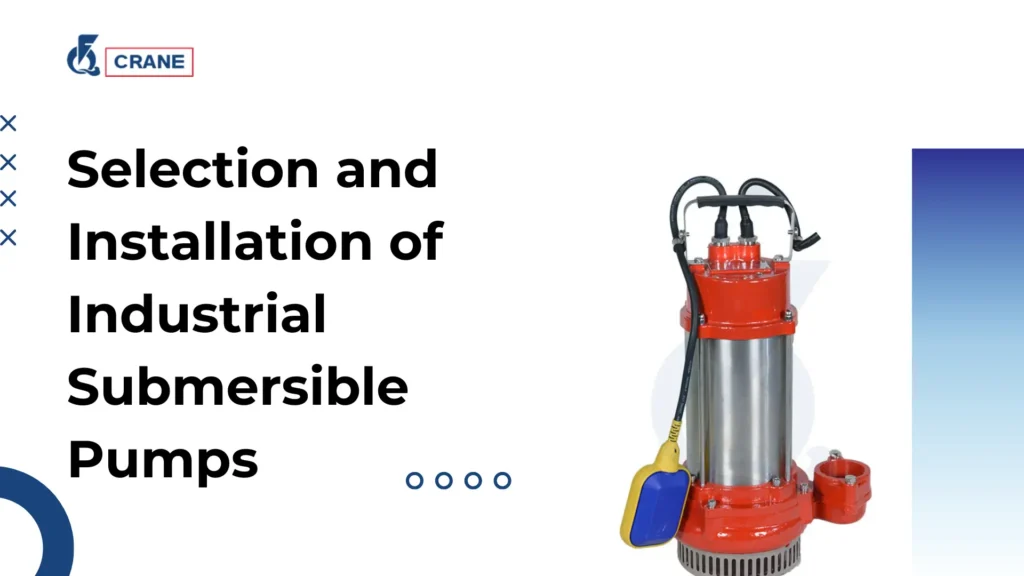Industrial submersible pumps are highly effective in working under water and are deployed in a wide range of applications, including the extraction of groundwaters, wastewater treatment facilities, and industrial fluid transfer. The majority of these pumps are sealed and with a motor operating underwater to achieve efficient fluid transfer without complicated piping systems.
Knowing the requirements of your application allows you to make an informed decision for better dependability and system performance.
The following blog has gathered very useful advice and tips on the selection and installation of industrial submersible pumps.
This resource aims at empowering the reader with the knowledge he needs to choose the right pump for his specific needs, ensuring efficient and reliable operation.
Learn More:
How to Choose High-Efficiency Submersible Pumps
6 Common Mistakes When Sourcing Submersible Pumps
10 Features to Look for in Submersible Pumps
Understanding Sizing and Capacity Calculations
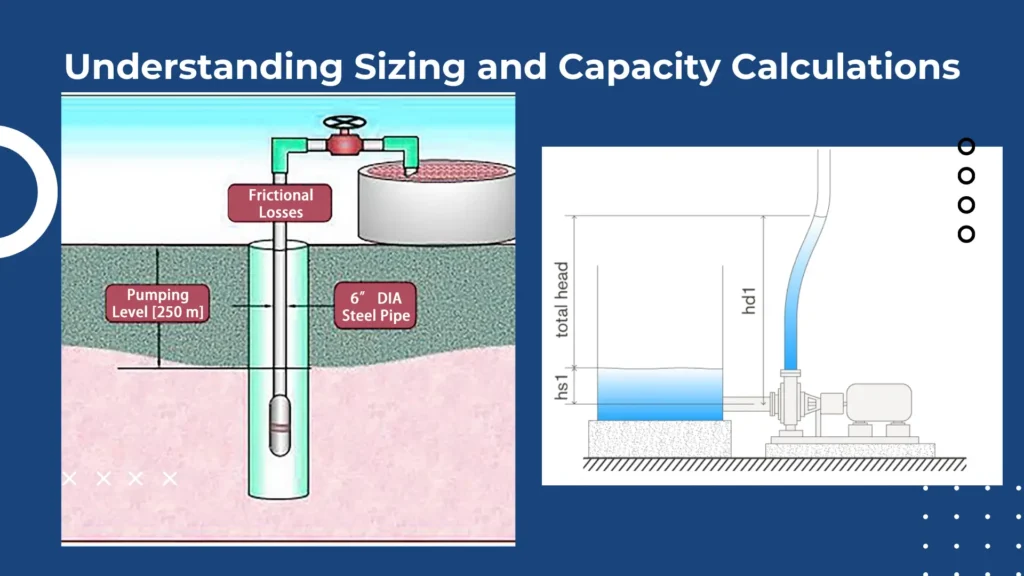
Flow Rate and Head Requirements Calculation
The two important measurements while selecting pumps are flow rate and head.
The flow rate represents the quantity of fluid that the pump must be able to transfer in a given period of time, and head denotes the height that the pump will raise the fluid.
Accurate computation of these two parameters is very important, since both head and flow rate determine the required power input and efficiency of the pump.
Tools that can help perform such calculations include pump selection charts and software, which will go a long way in ascertaining that a selected pump will meet operational demands for a given application.
Importance of Matching Pump Capacity to Application Needs
Because performance is so important, matching the pump capacity with the application is critical.
A very large pump will eventually increase energy consumption and become inefficient to operate.
A small pump, on the other hand, can hardly meet demand and shorten its life due to the constant stress this puts it through, thus affecting performance and efficiency.
To that effect, matching the pump capacity with application requirements creates an avenue for energy efficiency, less wear and tear, and increased system reliability.
Evaluating Pump Placement and Mounting Options
Considerations for Optimal Placement
The position of a submersible pump is particularly important in achieving maximum use and long life of the pump, including such factors as depth of water, ease of access to the pump for maintenance and service, and proximity to electrical sources.
In addition, locating the pump where it would avoid possible debris or sediment would help prevent clogging and operational problems.
If a job of placement is well planned, maintenance and repairs can be more easily accessed, reducing downtime and its related expenses.
Different Mounting Options Available
This no doubt depends on the particular application wherein the mountings can be done in several ways.
It is, therefore, normally common to install the submersible pumps vertically at those places where the wells are deep and the pump can be lowered into the water, or as horizontal sets up in shallower applications where a pump can be placed on some more stable platform closer to the water surface.
Each mounting option has its merits and should be selected based upon the specific installation environment requirements, considering performance.
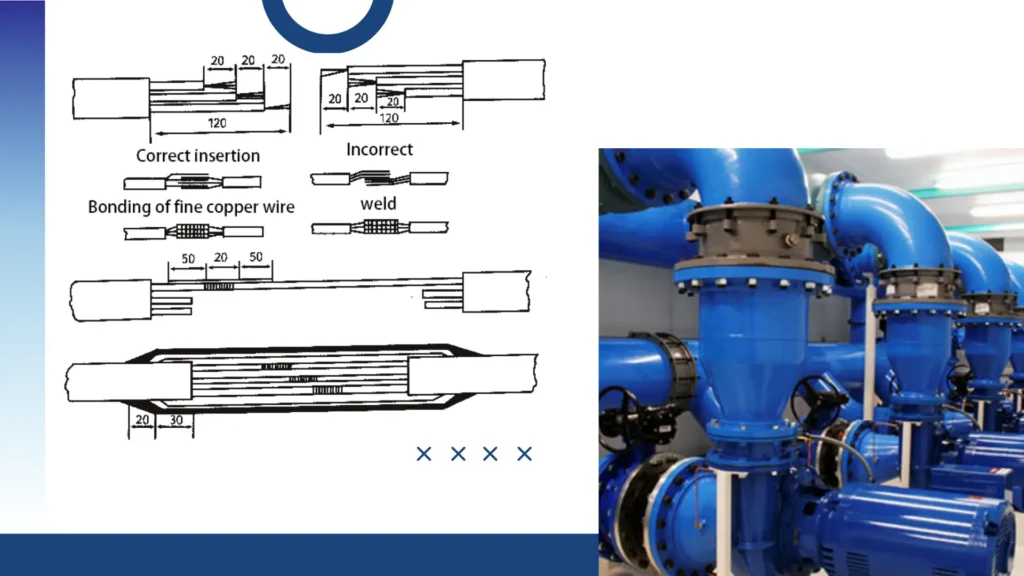
Influence of Placement on Performance of Pump
Performance can be seriously affected by how well the pump is placed.
A pump that is installed too deep may have increased energy use, leading to wear and tear of the equipment and overheating.
Conversely, a pump set too shallow may fail to produce the desired flow rate or head pressure.
It should be put in a position whereby it operates at its capacity based on design for efficiency and life cycle of the equipment.
Assessing Electrical Requirements and Safety Precautions
Supply Ratings
The first step in building a trustworthy operation is to understand the electrical needs of the pump.
This would involve determining the proper voltage, phase, and frequency specifications that match the pump’s operational requirements.
Accurate decisions about the capability of the power supply help avoid electrical traps leading to pump failure or operations disruption.
This ensures that coordination with a qualified electrician results in an electrical setup that meets the requirements for safe operation.
Grounding and Circuit Protection
Basic safety reasons why electrical faults can be prevented are the grounding of the pump and circuit protection.
Proper grounding minimizes the chances of electric shock and equipment failure by routing any stray current harmlessly into the ground.
Installation of circuit breakers and surge protectors safeguards the pump from electrical surges that may result because of storms causing lightning strikes or any other kind of power fluctuations, hence increasing its service life with greater reliability.
Safety Measures against Electrical Hazards
Safety precautions are utmost necessary at the time of installation in order to avoid electrical hazards.
Thus, waterproof electrical connections and insulation of wiring are essential.
Local electrical codes must be followed in this respect. The regular inspection of electrical components shows the potentiality of issues before they become serious hazards.
Safety, therefore, becomes a priority for operators in minimizing risks related to water and electricity.
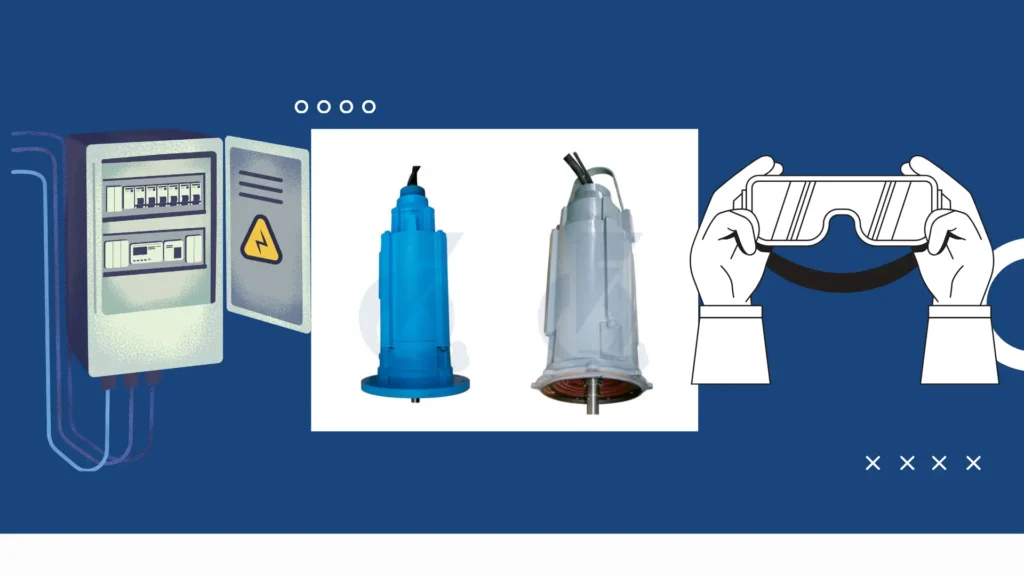
Implementing Proper Sealing and Venting Techniques
Importance of Sealing in Submersible Applications
Sealing effectively is the other critical process in submersible applications because water ingress may result in serious motor damage, accompanied by a failure of the pump.
Proper seals protect internal parts from being exposed to damaging conditions, thereby making the pump reliably operable for time.
Such seems to be a very important process since the selection of appropriate materials and techniques of sealing has to be done with much care in order to keep the integrity of the pump; hence, in corrosive environments where normal seals may deteriorate rather fast.
Recommended Sealing Materials and Methods
High-quality sealing materials, like rubber gaskets, O-rings, and silicone sealants, are required for a watertight installation.
The type of sealant used should be dictated based on the environmental exposure that the pump will see.
Leak events may be avoided through regular seal inspection and maintenance to extend operating life and continue to meet performance expectations.
Venting Considerations to Avoid Pressure Buildup
Venting is applied to avoid pressure buildup inside the casing of the pump to avoid operational problems and even equipment damage.
It ensures adequate venting in order for air and gases trapped inside the pump to be released without causing problems.
In this regard, the provision of a venting port and regular checking against blockages provide an easy way to ensure better performance while avoiding pressure problems.
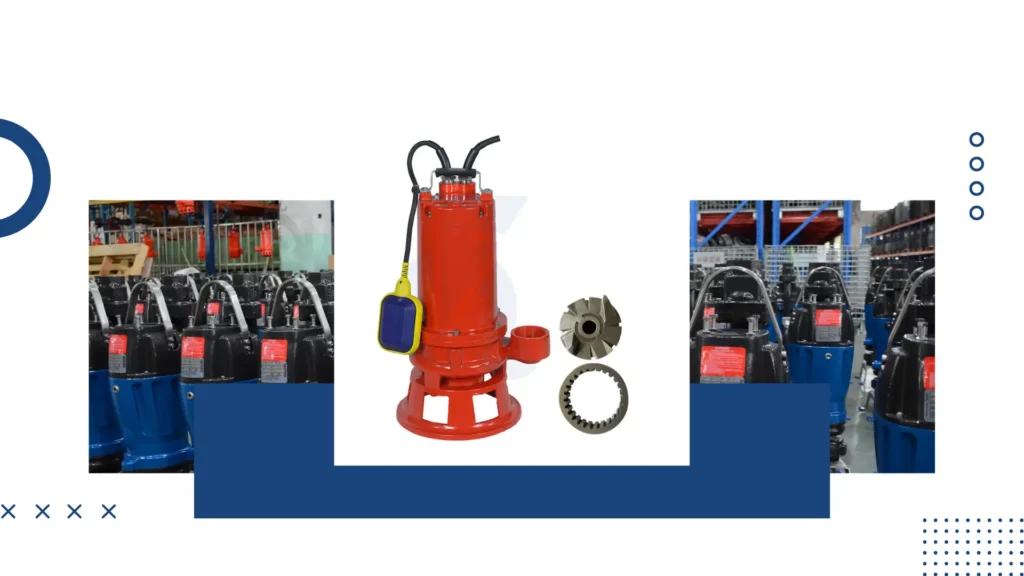
Exploring Troubleshooting and Maintenance Tips
Most Common Problems with Submersible Pumps
The submersible pumps have some very common problems: obstruction, failure due to electrical issues, and seal leakage.
All these can be prevented through early recognition of the problem to avoid extended damage with high repair costs.
Monitoring the performance regularly may provide early warnings for appropriate and timely intervention.
Regular Maintenance Practices
Optimum performance of the pump is ensured by putting in place a routine maintenance schedule that caters to cleaning filters, checking electrical connections, and the wear and tear on seals.
This way, the operator may well detect beforehand some potential issues which could have led to other consequences or effects if not serviced in due time, which prevents unexpected and costly repairs and downtime.
Signs That Indicate the Need for Professional Servicing
These would include unusual noises, vibration, and a performance not as good as normal.
In any of these situations where the pump does not act according to expectations, professional help becomes imperative to identify the problem and have it repaired without delay.
This, in turn, could prevent total pump failure and also elongate its life cycle.
Selecting the Right Type of Submersible Pump
Product Recommend:
Introduction to the Different Submersible Pumps
Submersible pumps are also of many types, like sewage pumps, drainage pumps, and well pumps, serving for specific purposes.
The buyers, if informed about the difference between such types of submersible pumps, may select the most appropriate ones to meet the demands of their application.
Applications Suited for Each Pump Type
Variations in submersible pumps fit a range of applications, ranging from sewage pumps designed for wastewater pumping to well pumps that would work appropriately for well water extraction.
Being in a position to identify an application that fits can enable the pump chosen to operate in the manner it should and for the purpose it serves.
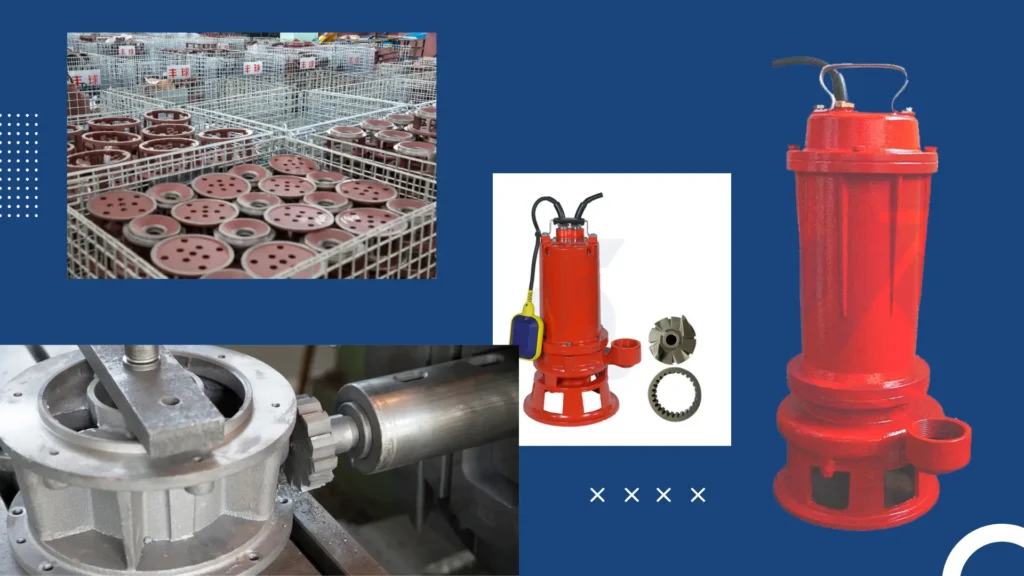
Understanding the Role of Pump Accessories
Basic Accessories Overview
Pump accessories, such as floats, check valves, and control panels, are relatively small but very important in enhancing the performance and efficiency of pumps.
These accessories may enhance operational control and reliability to ensure that the pump will work effectively under any condition.
Benefits of Using Accessories for Enhanced Performance
Accessories can facilitate the best operation of the pump, avoid backflow, and offer better control of the process.
For instance, check valves avoid reverse flow, while float switches enable automatic operation depending on fluid levels.
Generally, these enhancements have made the pumping system more efficient and effective.
Recommendations for Compatible Accessories
The compatibility of the accessories must be matched to a particular pump type and application.
Accessories to be used on the pump can be consulted with the manufacturer or supplier to assure their compatibility as well as troubleshoot their integration as far as performance enhancement is concerned.
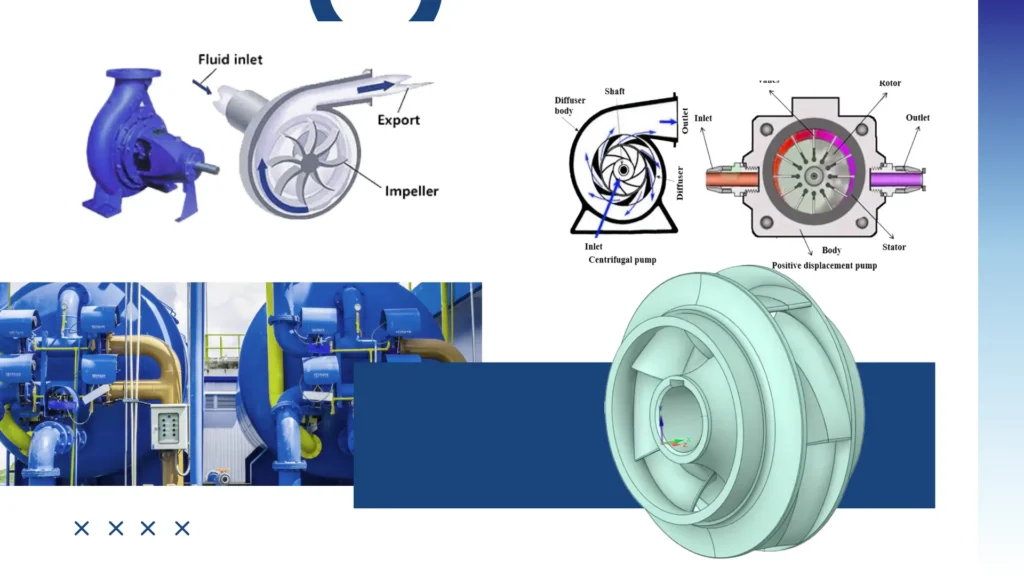
Regulatory Compliance and Environmental Considerations
Introduction to the Applicable Regulations
It is generally important to understand the local installation and operation regulations regarding pumps, for both compliance and safety.
Most of the regulations deal with protection of the environment, standards on safety, and operating guidelines that must be complied with upon installation and operation.
Importance of Compliance in Pump Selection and Installation
This, however, calls for strict adherence to regulations so that the pump operates within the legal and safety parameters for minimal risks in environmental impact and operational hazards.
Besides protection of the environment, adherence also serves to enhance the credibility of the operation.
Environmental Impact Considerations
It helps in the ecological footprint reduction of industrial operations by the selection of eco-friendly pumps and practices.
Having environmental implications for pump selection and installation encourages sustainability; thus, it meets corporate responsibility goals and also satisfies regulatory legislation.
Conclusion
In conclusion, sizing, placement, electrical requirements, sealing, and maintenance are all major factors to be taken into consideration for picking out and installing industrial submersible pumps.
Each factor has an important role in the performance and reliability of the pump.
It is of great concern to carefully choose the submersible pumps that best meet the intended application.
On the other hand, their right installation will be decisive to obtain maximum efficiency, reduce costs, and prevent operational problems.
Lacking expertise in the selection and installation of pumps, professional consultations are highly recommended.
This will avail personalized advice and solutions to ensure your investment in the submersible pumps is effective and efficient for optimum performance at work.

